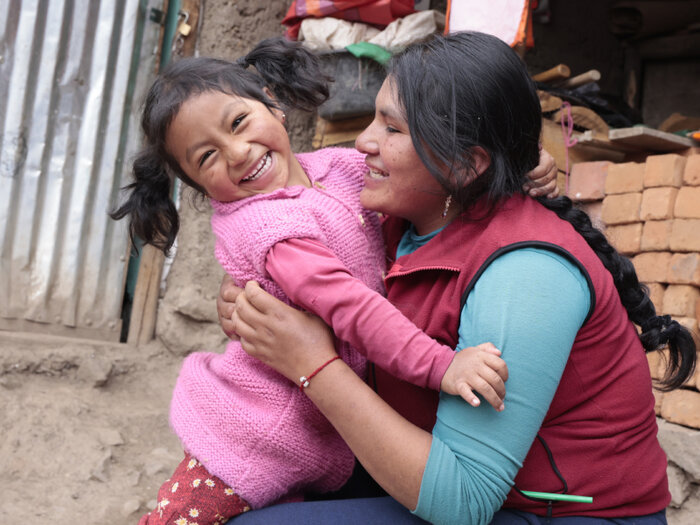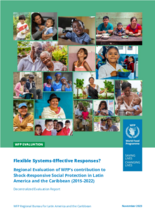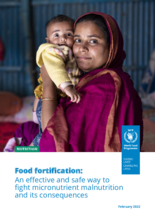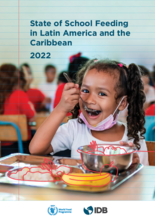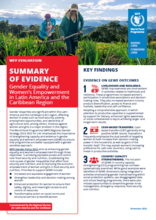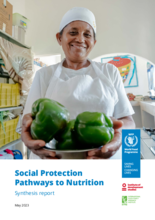Peru
- Almost 33%
- of population at risk of poverty
- 51%
- of Peruvians are food insecure
- More than 33 million
- population
Peru has achieved remarkable economic growth in the past 20 years. In 2008, it was classified as an upper-middle-income country. In the same period, poverty halved and chronic malnutrition among children aged under 5 decreased.
However, the country has faced major challenges since 2017. Public expenditure has fallen steadily, poverty has risen, and the frequency and intensity of climate-related emergencies have increased. All these factors have slowed progress in reducing inequality. In addition, the impact of the COVID-19 pandemic has threatened the progress made in the fight against poverty and malnutrition.
By 2021, 51 percent of the population was suffering from moderate or severe food insecurity. Malnutrition, including anaemia, and obesity and overweight among children and adolescents continue rising. Chronic malnutrition is one of the main public health problems among children under 5, limiting their development and that of society at large, and making it difficult to eradicate poverty.
What the World Food Programme is doing in Peru
-
Food Assistance
-
WFP works with Peruvian authorities to help crisis-affected populations meet their urgent food, nutrition and associated needs before and during multi-pronged crises and disasters.
-
Nutrition
-
One of WFP's main objectives is to help national authorities address the triple burden of malnutrition: anaemia, chronic malnutrition, and overweight and obesity. WFP improves the nutritional status of indigenous peoples and populations at highest risk of malnutrition in Peru, including through helping improve government capacity in managing health and social government programmes and by promoting rice fortification.
-
Resilience building
-
To confront the vulnerability of food systems and ecosystems to multifaceted shocks and the growing threats of climate change, WFP trains authorities in areas including adaptability of vulnerable communities and preservation of ecosystems.
-
Supply chain
-
Supply chain is the backbone of WFP operations, keeping us on the frontlines in saving and changing lives. As a co-leader of the sectoral working groups on food security and logistics in the National Humanitarian Network, WFP provides logistics support and other services to improve supply chain efficiency and increase preparedness for shocks and stressors.
Peru news releases
Go to pagePartners and donors
Find out more about the state of food security in Peru
Visit the food security analysis pageOperations in Peru
Contacts
Office
Av. José Pardo 831. Pisos 7 y 8 Miraflores - Lima
Peru


